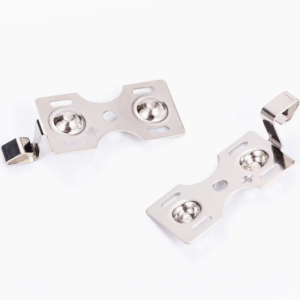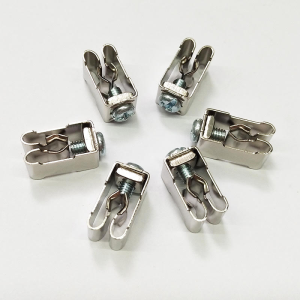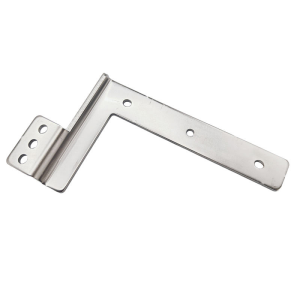At Topmetalstamping, we know that selecting the right metal forming process is critical for the performance and cost-effectiveness of your products. Many customers ask us about investment casting—also known as lost-wax casting or precision casting—and how it compares to other processes like die casting or stamping. With over two decades of experience as a factory and OEM service provider, we’ve helped global brands and industrial clients source high-quality castings through our one-stop service that spans from tooling and prototyping to full-scale production.
In this blog, we’ll break down everything you need to know about investment casting: what it is, how it works, what materials it supports, and why leading suppliers and manufacturers rely on it for critical parts in aerospace, automotive, medical, and industrial applications. By the end, you’ll understand why investment casting remains one of the most reliable choices in modern manufacturing.
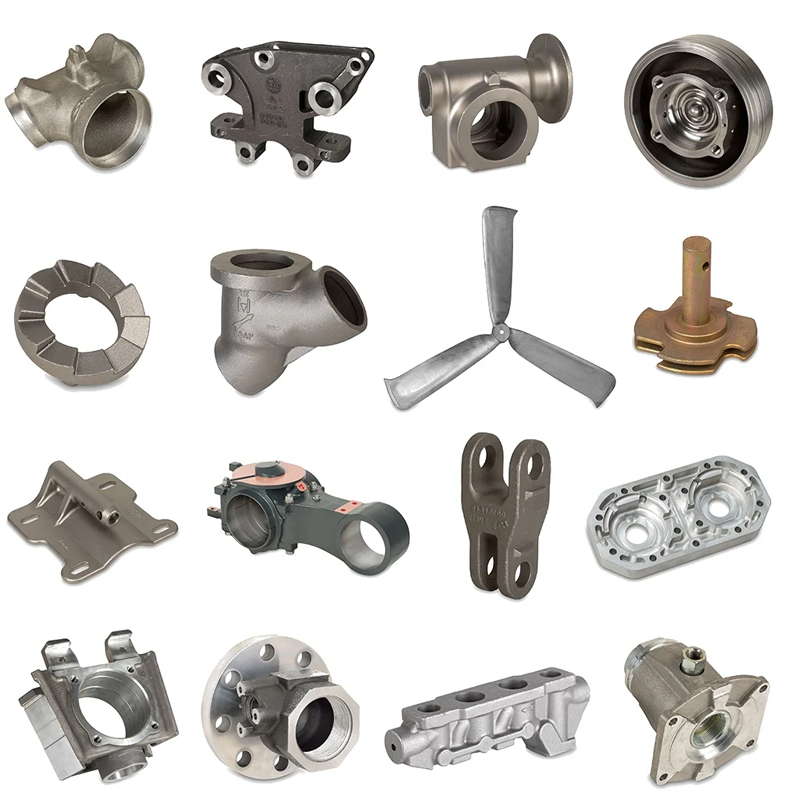
What Is Investment Casting?
Investment casting is a versatile metal-forming process designed to produce complex shapes with high dimensional accuracy and superior surface finish. Unlike sand casting or die casting, this method uses a disposable wax pattern that is “invested” in ceramic slurry to form a mold. Once the wax is melted out, molten metal is poured into the ceramic cavity to form the final part.
For centuries, this process was used to produce jewelry, art, and weaponry. Today, modern suppliers like Topmetalstamping apply advanced materials, precision tooling, and automation to deliver parts that meet strict international standards across industries.
The key advantage? Investment casting allows manufacturers to replicate intricate geometries, thin walls, and internal details that are often impossible—or too expensive—to achieve with other casting methods.
Step-by-Step: The Investment Casting Process
At our factory, we use a carefully controlled, multi-stage process to ensure precision and repeatability:
- Wax Pattern Creation
Wax models are produced using injection molds or 3D printing for prototypes. Consistency at this stage directly impacts final accuracy. - Wax Tree Assembly
Individual wax patterns are attached to a central sprue system, forming a “tree.” This assembly allows multiple parts to be cast simultaneously, improving efficiency. - Shelling (Ceramic Coating)
The wax tree is dipped in ceramic slurry and coated with refractory sand, then dried. This cycle is repeated 6–10 times until a robust ceramic shell is built. - Dewaxing
The assembly is heated in an autoclave, melting the wax and leaving a hollow ceramic mold. - Preheating the Mold
Molds are fired at high temperature to remove residual wax and strengthen the shell. - Metal Pouring
Molten metal is poured into the preheated mold by gravity, vacuum, or pressure-assisted methods, depending on complexity. - Cooling and Solidification
Controlled cooling ensures minimal defects and optimized grain structure. - Shell Removal
Ceramic shells are broken away using vibration, water jets, or blasting methods. - Cutting and Cleaning
Cast parts are separated from the sprue and undergo processes like shot blasting, grinding, or pickling for a clean surface. - Post-Processing
Heat treatment, CNC machining, and surface finishing (such as polishing or plating) enhance performance and appearance.
This multi-step process might sound intensive, but when executed in a professional manufacturing environment like Topmetalstamping, it yields castings with exceptional detail, repeatability, and material performance.
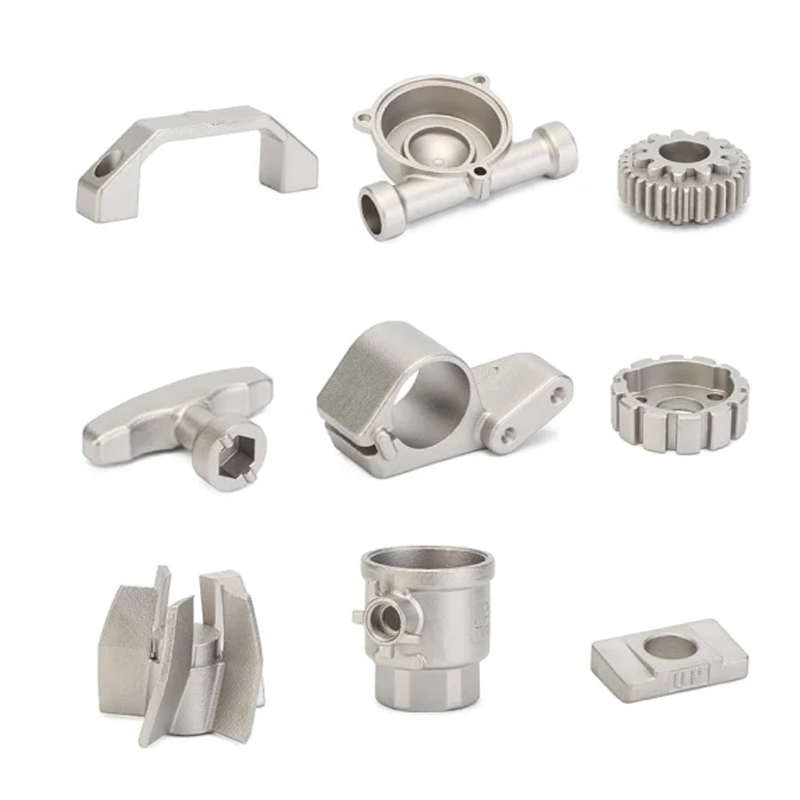
What Materials Can Be Investment Cast?
One reason investment casting is so valuable is its compatibility with a wide range of materials. At Topmetalstamping, we regularly cast:
- Carbon Steel – Versatile, cost-effective, and suitable for structural applications.
- Aluminum – Lightweight with excellent corrosion resistance, widely used in automotive and aerospace.
- Stainless Steel – Resistant to oxidation and corrosion, making it ideal for medical devices, food equipment, and marine components.
- Brass & Bronze – Great for decorative items and components with good wear resistance.
- Nickel-Based Superalloys – Critical for turbine blades and high-temperature applications.
- Titanium Alloys – Perfect for aerospace and biomedical parts where strength-to-weight ratio matters.
- Glass and Ceramics – Specialized cases for artistic or scientific components.
By offering material flexibility, investment casting empowers suppliers and manufacturers to meet diverse application demands with a single process.
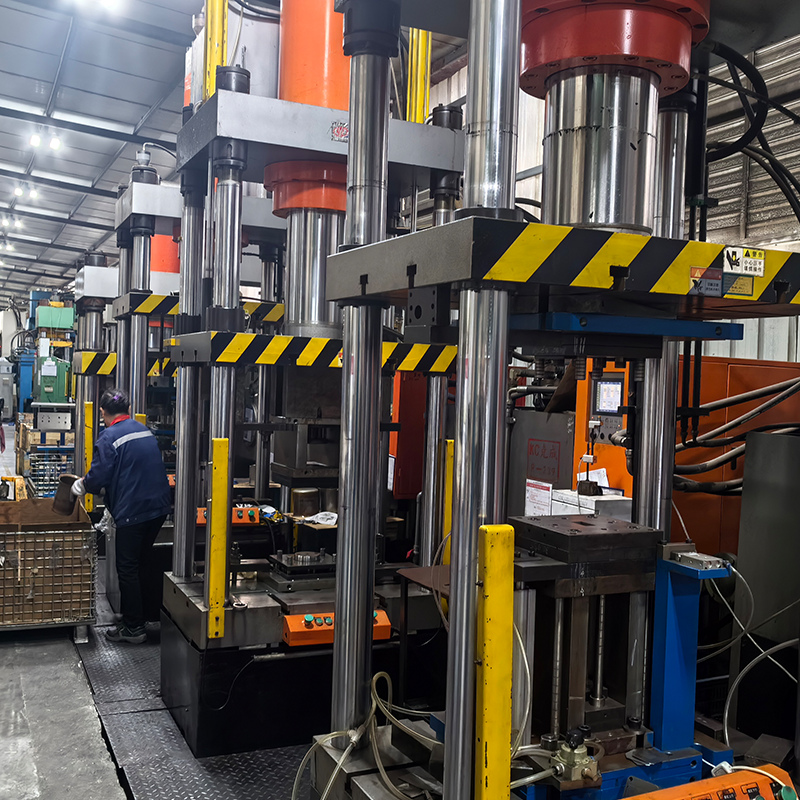
Advantages of Investment Casting
Investment casting offers a combination of design freedom and performance benefits that few other processes can match:
- Ability to produce complex geometries with thin walls and intricate details.
- Superior surface finish and reduced machining requirements.
- Broad material compatibility, from steels and alloys to titanium and superalloys.
- Cost-effective for medium-volume production where precision matters.
- Reduced assembly needs by consolidating multiple components into one part.
- Excellent repeatability when wax patterns are consistent.
- Compatibility with advanced coatings and finishes.
For OEMs, this translates to lower total costs, faster product development, and enhanced product quality.
Limitations of Investment Casting
Like any process, investment casting has limitations:
- Higher costs compared to sand casting, especially for large parts.
- Size constraints (typically best for small to medium-sized components).
- Longer lead times due to multi-step processing.
- Fragile ceramic shells require careful handling.
- Less economical for extremely high-volume production compared to die casting.
At Topmetalstamping, we help our customers weigh these factors, often combining investment casting with other manufacturing services like stamping, forging, or CNC machining to optimize both cost and performance.
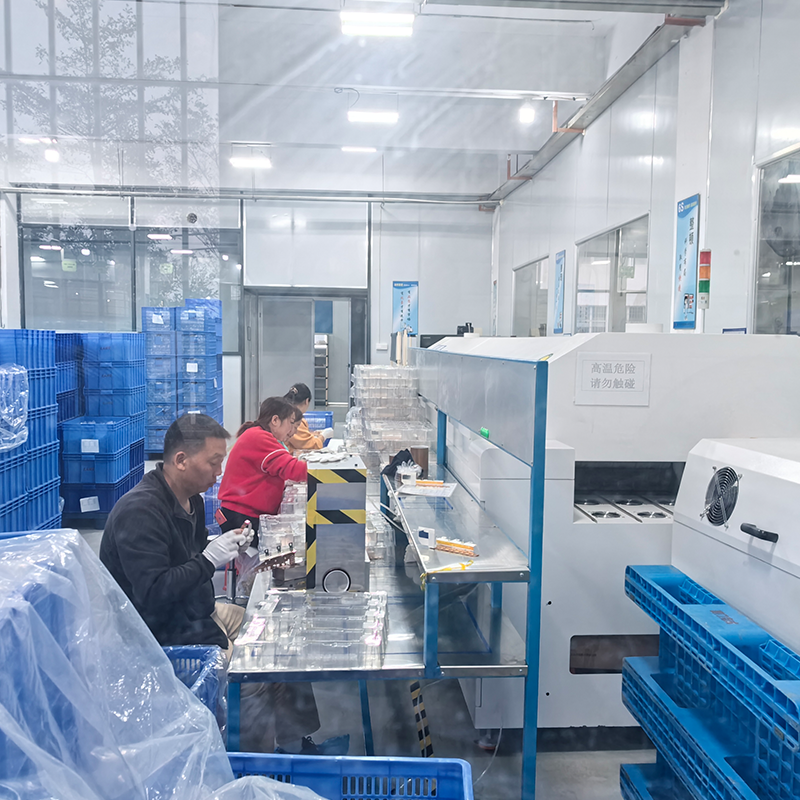
Applications Across Industries
Investment casting is indispensable in industries that demand precision and reliability:
- Aerospace – Turbine blades, structural components, and heat-resistant parts.
- Automotive – Engine parts, gears, and safety-critical systems.
- Medical – Surgical instruments, implants, and biocompatible components.
- Industrial Equipment – Pumps, valves, impellers, and housings.
- Defense – Small arms, weapon components, and military hardware.
- Energy – Turbine casings, oil and gas components, and renewable energy systems.
- Consumer Products – Jewelry, watches, and decorative hardware.
This wide applicability makes investment casting a top choice for suppliers seeking consistent, high-performance parts.
Cost Factors in Investment Casting
Investment casting is not the cheapest process, but it is cost-effective where complexity and accuracy are priorities. Costs depend on:
- Part size and design complexity.
- Material selection.
- Production volume.
- Tooling or 3D printing methods for wax patterns.
When multiple machined parts can be consolidated into a single casting, the process can significantly reduce assembly costs and improve reliability.
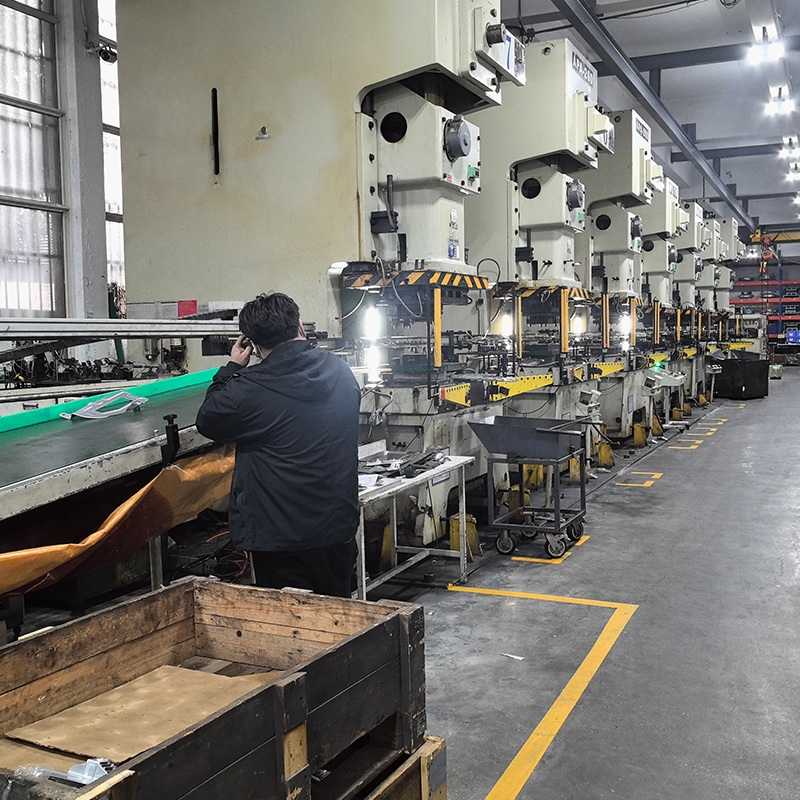
The Future of Investment Casting
Modern advancements are reshaping this centuries-old process:
- 3D Printing for wax or polymer patterns eliminates tooling costs and speeds up prototyping.
- Simulation and Digital Twin Technology predict shrinkage, defects, and metal flow before production.
- Automation in shell-making, dewaxing, and cutting improves consistency and safety.
- AI Integration optimizes temperature control, flow dynamics, and defect detection.
- Sustainability Efforts with recyclable refractories and energy-efficient furnaces reduce waste and emissions.
At Topmetalstamping, we continuously invest in these innovations to deliver smarter, faster, and greener solutions.

Why Partner with Topmetalstamping?
Choosing the right partner matters as much as choosing the right process. As a professional factory with over 20 years of expertise, Topmetalstamping is more than a casting provider—we are a one-stop service supplier. Our capabilities span:
- OEM service for custom parts across multiple industries.
- Integrated manufacturing solutions, including CNC machining, stamping, die casting, and assembly.
- Certified quality systems (IATF 16949, ISO 13485) for strict compliance.
- End-to-end project management—from design consultation to mass production.
When you work with Topmetalstamping, you gain a strategic partner that helps you reduce costs, improve quality, and bring products to market faster.
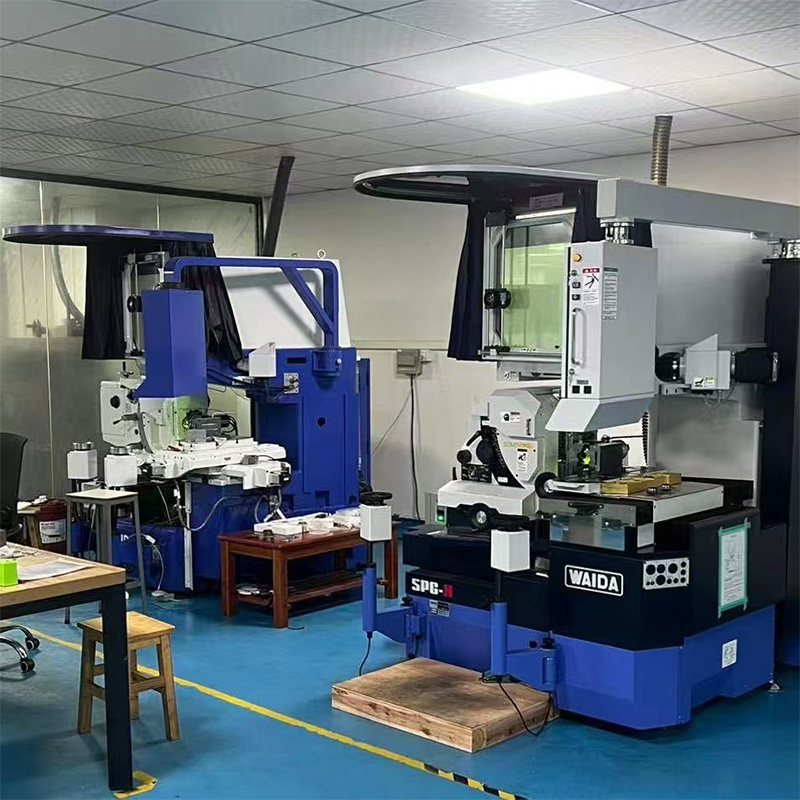
Final Word: Let’s Build Precision Together
If your next project demands complex geometries, premium surface finishes, or high-performance alloys, investment casting may be the right choice. But the process alone isn’t enough—you need a factory and supplier with the expertise to turn ideas into reliable products.
At Topmetalstamping, we’re here to help. Whether you’re an OEM seeking one-stop service or a growing brand looking for long-term manufacturing partners, our team will deliver solutions that meet your toughest challenges.
Ready to explore investment casting for your next project? Contact Topmetalstamping today—let’s shape precision, efficiency, and innovation together.

